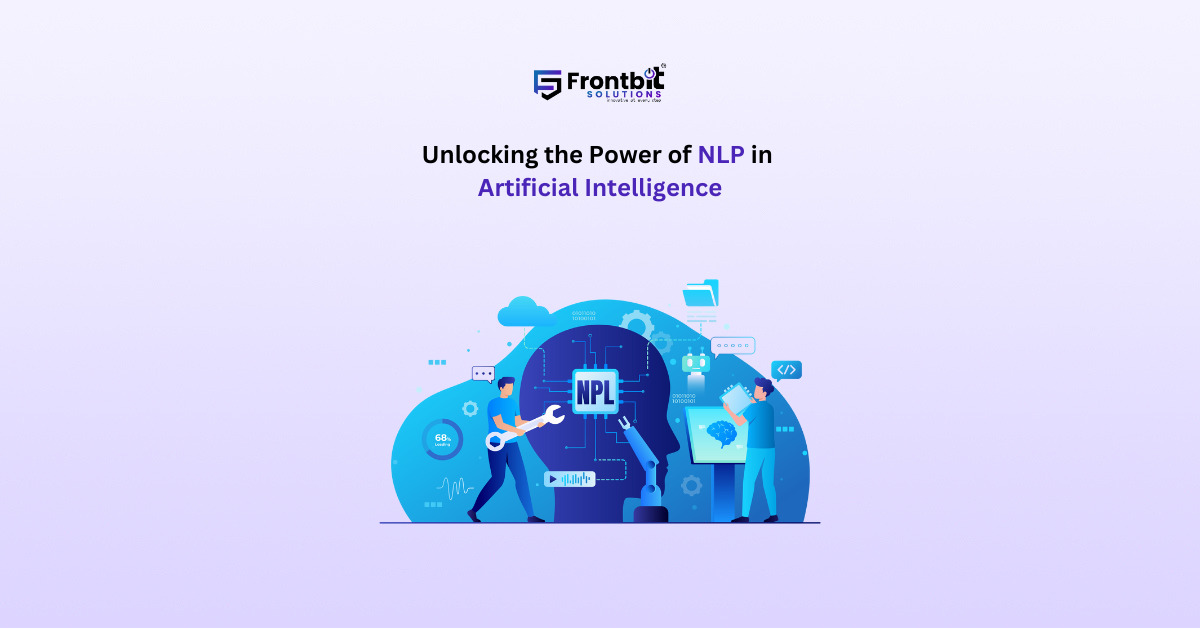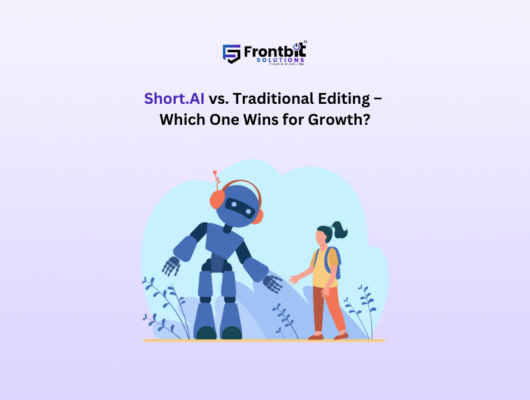What is Natural Language Processing (NLP)?
Natural Language Processing (NLP) is a part of artificial intelligence (AI) that helps computers understand, interpret, and create human language. It uses deep learning, machine learning, and language rules to make machines process text and speech like humans.
As AI grows, NLP has become an important tool for improving technology in many industries. It allows machines to understand not just words but also their meaning, emotions, and purpose. From chatbots that help with customer service to voice assistants like Siri, Alexa, and Google Assistant, NLP is changing the way we interact with technology.
How NLP Helps AI
NLP makes communication between humans and computers smooth and natural. Some common uses of NLP include:
- Chatbots & Virtual Assistants: AI-powered chatbots and voice assistants can understand and answer user questions instantly, improving customer support.
- Language Translation: Tools like Google Translate use NLP to convert text between different languages, making global communication easier.
- Sentiment Analysis: Businesses use NLP to analyze customer reviews, social media posts, and feedback to understand user opinions and improve products.
- Speech Recognition: NLP helps convert spoken words into text, enabling voice commands on smart devices and dictation software.
The Future of NLP in AI
With advanced models like GPT-4 and BERT, NLP is becoming better at understanding complex language. Future improvements will focus on creating more natural conversations, reducing mistakes, and improving accuracy. NLP will continue to benefit industries like healthcare, finance, education, and law by automating tasks and improving decision-making.
This blog will explore the basics of NLP, its techniques, real-world uses, and its role in shaping AI technology.







